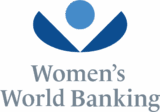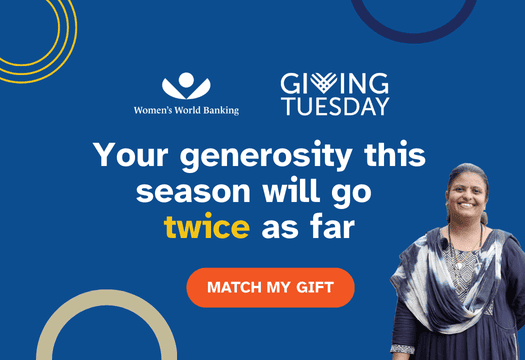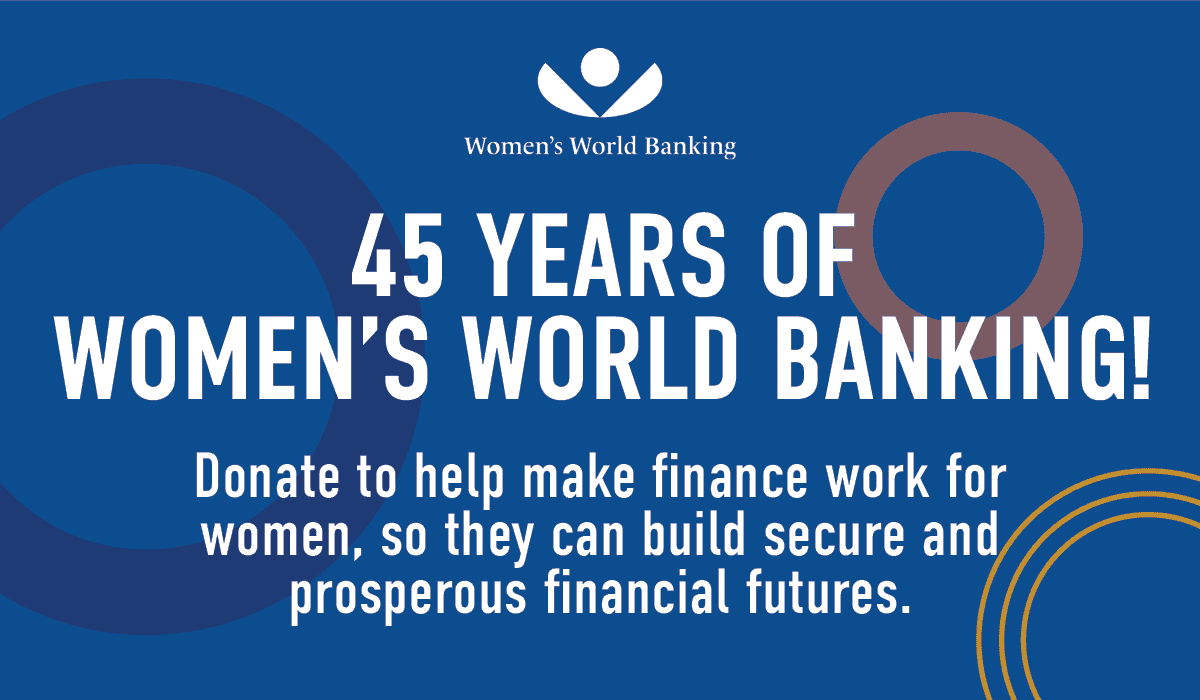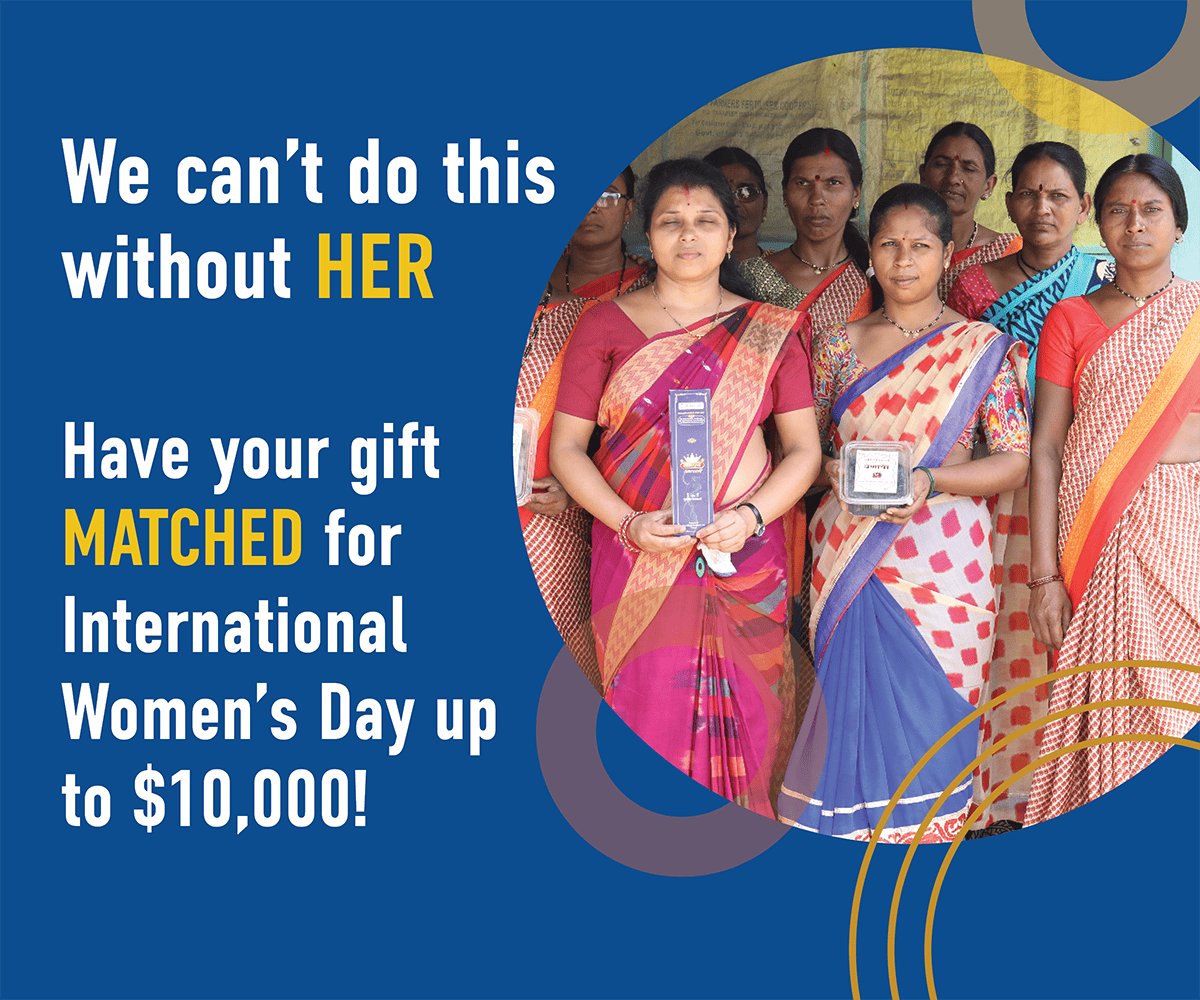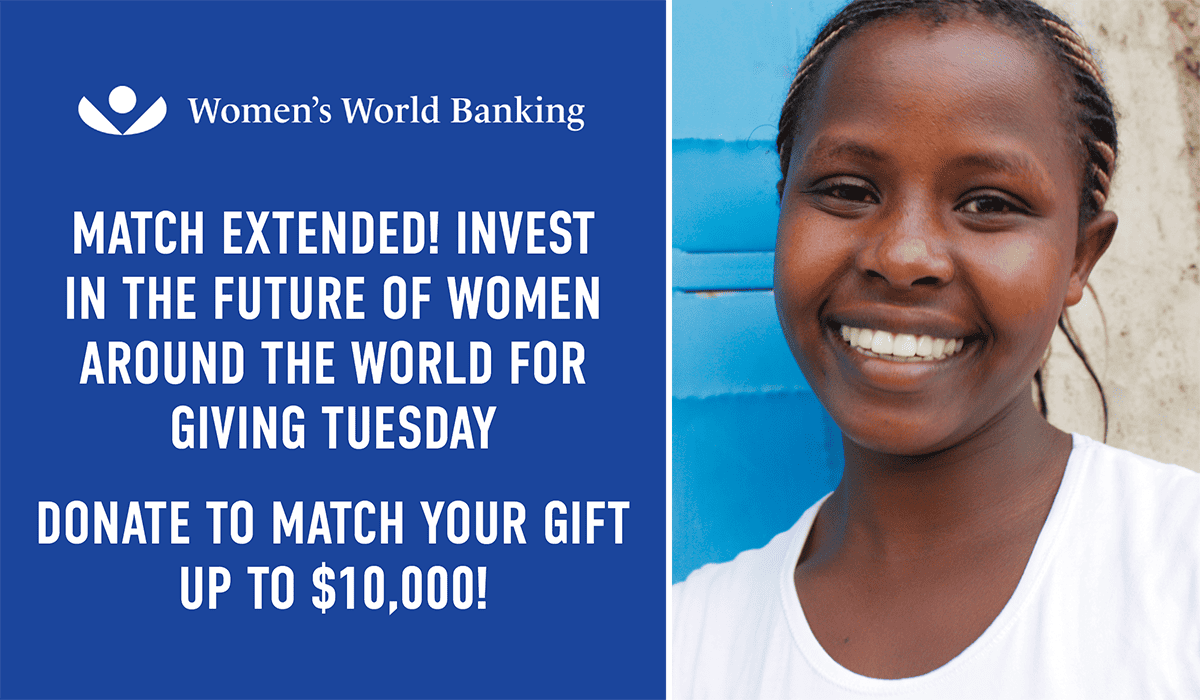For the past 15 years, Women’s World Banking (WWB) has partnered with financial services providers (FSPs) to design health insurance solutions tailored to the needs of low-income women.
Historically, WWB has focused on developing insurance solutions for loan customers. The credit-bundled models have proven effective and meaningful, with more than 2 million women enrolled in Egypt, Jordan, Morocco, Nigeria and Uganda. Bundling insurance with credit has facilitated the creation of affordable and easy-to-use solutions, as the insurance is seamlessly integrated into the loan process. These solutions have also been profitable for FSPs, as distribution partners, and insurance companies, as distribution costs were minimized and scale was maximized. However, these solutions have traditionally excluded the estimated 81 million women savers in Africa who do not have loans or who have repaid their loans but continue to save with financial institutions.
To broaden the reach and impact of our microinsurance solutions, and with the crucial funding support of the Swiss Re Foundation and the Swiss Capacity Building Facility (SCBF), WWB tested the development of women-centric hospital cash insurance products for savings customers in Uganda and Senegal. This blog highlights key insights into the business case for savings-linked insurance for women. We explore the potential of savings-bundled insurance, outline the challenges encountered, and offer recommendations to effectively reach low-income women savings customers with insurance solutions tailored to their needs.
Why health insurance for women savers makes business sense
Hospital cash insurance offers valuable benefits for low-income women savers and FSPs. It alleviates the financial burden of hospitalization and encourages continuous savings.
Similar to credit-bundled solutions, hospital cash solutions for savings customers are designed to be accessible and easy to understand. It reassures women that they will be able to manage unexpected healthcare costs. In Uganda and Senegal, women reported feeling less anxious about their financial situation during illness, knowing that the insurance would help cover hospital expenses and replace lost income. Savings-bundled insurance also provides an added advantage over credit-bundled insurance: it helps low-income customers rebuild savings they may have used to pay hospital bills and indirect hospitalization costs such as transportation or medication.
For FSPs, developing savings-linked hospital cash solutions can have positive business outcomes:
- Customer retention: hospital cash insurance provides added value to savings accounts, deepening customer satisfaction and relationship with the FSP.
- Attract new clients: bundled solutions can result in growth and better respond to women’s needs.
- Revenue potential: Ongoing savings activity leads to more stable deposits, higher balances and greater value per customer.
This model drives long-term financial engagement and aligns social impact with sustainable business outcomes.
Despite the clear potential, savings-linked hospital cash has grown more slowly than credit-linked insurance solutions. For what reasons?
Challenge #1: FSPs tend to be more comfortable bundling insurance with credit than with savings. As a result, they may prioritize standalone insurance solutions, which are more difficult to scale and more expensive for FSPs.
WWB’s experience shows that FSPs are generally more inclined to offer credit-bundled insurance than savings-bundled insurance. WWB conducted research to demonstrate the benefits of hospital cash insurance. Despite this, FSPs are concerned that some of their savings customers may be skeptical of insurance – due to lack of trust, unwillingness or inability to pay the premium, and that this could lead to some customers opting out of saving with the institution to avoid enrolling in insurance. In contrast, in the case of credit-bundled insurance, the premium payment represents a minimal percentage of the loan amount and therefore typically does not discourage women from taking out a loan with the bank. As a result, FSPs in Uganda and Senegal have opted to offer standalone voluntary insurance products targeted at savings customers. However, standalone insurance products come with higher costs and no guaranteed scale. These solutions are not only more expensive for customers, but also for the FSPs. Standalone solutions require significant investment in staff incentives, marketing campaigns, and human resources to pitch and monitor the product—costs that are typically lower for bundled insurance solutions.
Recommendations: To overcome this, it is crucial to better demonstrate the business value of microinsurance for savers to FSPs and address their concerns regarding bundling the insurance with savings accounts. Demonstrating the client demand for such solutions through qualitative and quantitative research can help FSPs see that their customers are interested in the product and will not decide to opt out of saving because of it. Alternative bundling models, such as offering insurance for free after a customer saves a certain amount, may also be explored.
Challenge #2: Health insurance for low-income savers is new – not only for customers but also for FSPs. This requires investment in institutional capacity building and customer awareness.
Hospital cash insurance is new for both savings customers and FSPs. Most field staff at FSPs have little experience in selling insurance, so extensive training and regular refreshers are necessary to equip them with the skills to effectively pitch insurance products. Close monitoring can ensure that products are sold continuously by staff.
Furthermore, savings customers, particularly women, are likely not familiar with insurance and its benefits. They also interact less frequently with branch staff compared to loan customers, which means they have fewer opportunities to be reminded about the product.
As a result, insurance for savings customers requires even larger investments in marketing, customer education, and staff training, compared to insurance for loan customers. However, hospital cash being a new product line for them, FSPs may remain uncertain about the product’s business case, which often leads to underinvestment in these areas. This creates a vicious cycle where low sales reinforce the perception that the product is not viable, making it harder to secure further investment.
Recommendations: The FSP must be willing to invest in marketing and human resources and integrate the solution as a core part of their business. Specifically, FSPs should commit to providing regular training for field staff on how to effectively pitch the product and address objections, develop comprehensive marketing materials, conduct regular customer calls to reinforce the product’s benefits, and share peer success stories. Additionally, paying staff incentives and allocating sufficient resources for pitching and monitoring the product are crucial for long-term success.
Challenge #3: Low-income savers face difficulty affording health insurance premiums.
Customers often prefer staggered premium payments compared to upfront payment. In the case of low-income women savers, this leads to risk of customer dropout.
In Uganda, Women’s World Banking initially designed the product with monthly premium payments deducted directly from customers’ savings accounts. This approach made insurance more affordable by avoiding the need for a large upfront payment. However, during the pilot, we faced a major challenge: many customers did not make regular deposits into their savings accounts, which meant that premiums could not be deducted. This led to a high rate of customer dropout, and by the end of the pilot, most customers had dropped out of the insurance product.
Recommendations: Similarly to credit-bundled solutions for which premium payment is embedded into loan repayments, premium payment for savers must be integrated into regular transactions to mitigate the risk of dropout. An option can be to offer insurance to savings groups or cooperative members who have planned savings accounts and/or save on a regular basis.
Conclusion
Savings-bundled insurance represents a significant opportunity to not only improve the financial resilience of low-income women savers but also to create sustainable growth for financial services providers. The lessons learned from Uganda and Senegal offer a roadmap for overcoming the challenges in scaling these products. By leveraging the right partnerships, investing in continuous training, and focusing on targeted customer outreach, we can unlock the full potential of these solutions and reach more women who need financial protection.
